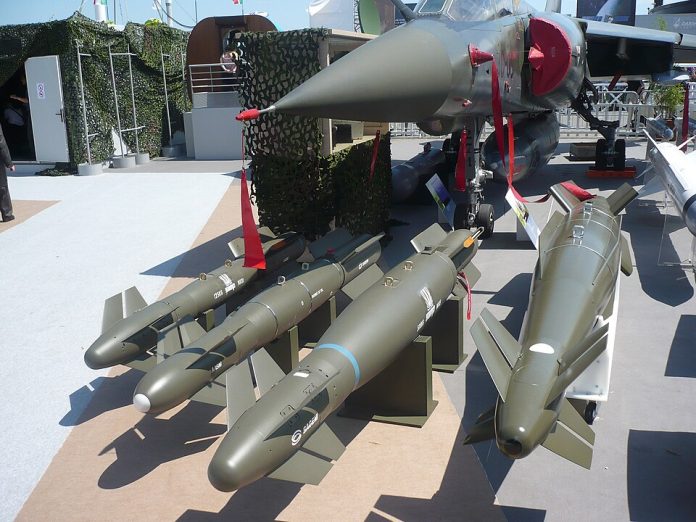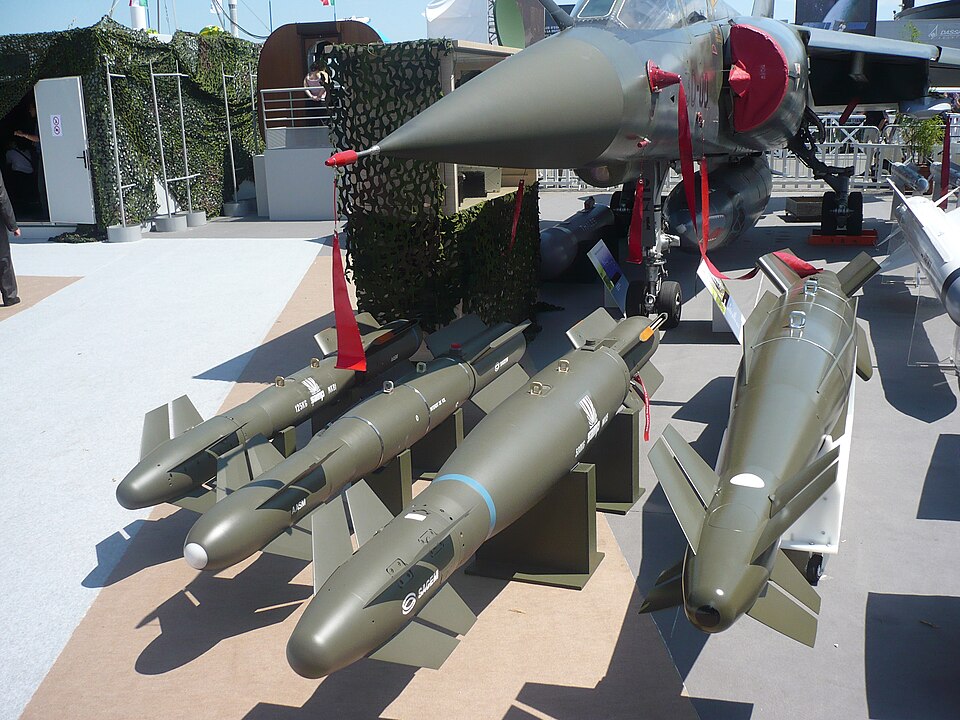
Accuracy is not what wins wars by itself but when combined with flexibility, it can turn the tide on the battlefield. Ukraine’s recent sorties deep into Russian-held territory have shown just how revolutionary Western-supplied weapons can be when combined with older Soviet airframes. The French-developed AASM Hammer bombs, originally intended for Rafale fighters, now are being launched from Ukrainian MiG-29s and Su-25s with deadly precision.
In recent months, combat footage and open-source intelligence have captured a series of high-value strikes from Kursk drone operator centers to Belgorod FSB bases all carried out using these rocket-boosted, precision-guided bombs. Behind them stands a tale of swift engineering innovation, industrial ramp-up within France, and tactical creativity in Ukrainian skies. Here are seven developments that underpin why the AASM Hammer is one of Kyiv’s most lethal weapons.

1. Hitting Deep Within Russian Territory
French AASM Hammer bombs, deployed by Ukrainian pilots in recent sorties, have struck targets well behind the front lines, such as a suspected FSB facility in Belgorod and a drone coordination center in Kursk. The attack on Belaya Berozka leveled a border guard outpost while FSB agents were, according to reports, within. In Kursk’s Glushkovo village, reconnaissance drones initially followed Russian operators launching FPV drones before MiG-29s made precision strikes.
These operations are not metaphorical raids. They interfere with Russian drone activities, weaken command and control systems, and make Moscow waste resources on rear-area security. The capability to strike such targets from stand-off distances keeps Ukrainian aircraft away from the most concentrated air defense areas, both lengthening their reach and increasing their survivability.

2. Impressing Western Arms on Soviet Aircraft
The AASM Hammer was initially designed for NATO-compatible aircraft, but France and Ukraine achieved integration onto MiG-29s and Su-25s within four months. Adaptation, as explained by Safran, included the use of specialized pylons as well as software solutions in a few instances using tablet-based control interfaces to offset the difference in Soviet-era avionics from those used today with modern guidance kits.
This engineering dash replicates previous Ukrainian improvisations, including equipping MiG-29s with AGM-88 HARM missiles. However, the Hammer integration was greater than a field fix; it was an industrial orchestration, allowing Ukraine to deliver precision strikes from systems never intended to support such munitions.

3. Rocket-Boosted Stand-Off Capability
While unpowered glide bombs are not able to use these features, the AASM Hammer Range Extension Kit employs a solid-fuel rocket to propel the weapon 70 kilometers from high altitude, or at least 15 kilometers from lofted releases at low levels. This enables the pilots of Ukraine to use toss-bombing techniques, dropping the weapon above the features of terrain or air defense envelopes.
The multi-mode navigation GPS, inertial, infrared, or laser provides accuracy even in a GPS-denied environment, an invaluable benefit in countering Russian electronic warfare. The outcome is a weapon that can be fired from more secure distances without giving up precision.
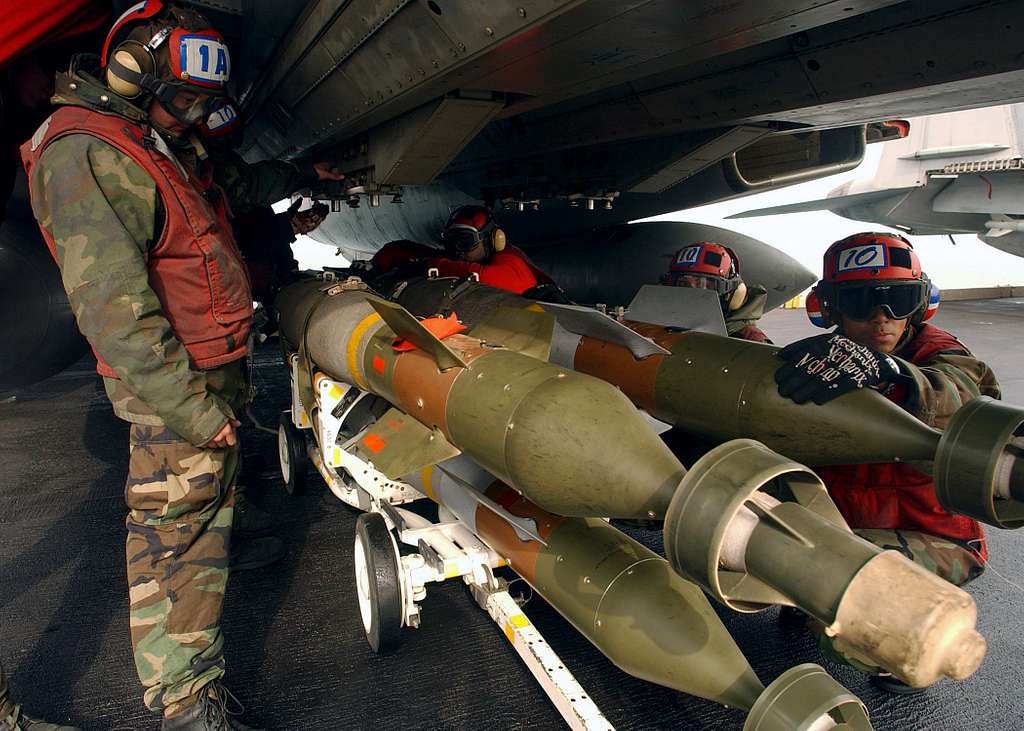
4. Industrial Surge in France
Paris has pledged to make 1,200 AASM Hammer bombs in 2025, an increase from 830 in 2024 almost 40%. Safran’s Montluçon plant has quadrupled production since 2022 thanks to €25 million worth of upgrades, including augmented reality equipment for assembly.
This surge is also not merely to respond to Ukrainian need. French leaders have cast it as part of a greater European effort to preserve defense preparedness while supporting Kyiv’s ability to strike. The commitment involves producing about 50 bombs per month, continuing a constant trickle to the front.

5. Tactical Impact on the Ground War
In Kherson, Zaporizhzhia, and Sumy, the Ukrainian military has employed Hammer bombs to annihilate Russian concentration of troops, command centers, and reinforced points. Targeting information is supplied directly by reconnaissance drones into attacking aircraft, allowing for combined attacks that wipe out units before they can launch offensive operations.

Such high-precision strikes have concrete operational consequences: slowing down attacks in Chasiv Yar, disrupting drone harassment campaigns, and neutralizing reserves. With up to 30 verified Hammer strikes in one month, the weapon’s battlefield presence is growing exponentially.
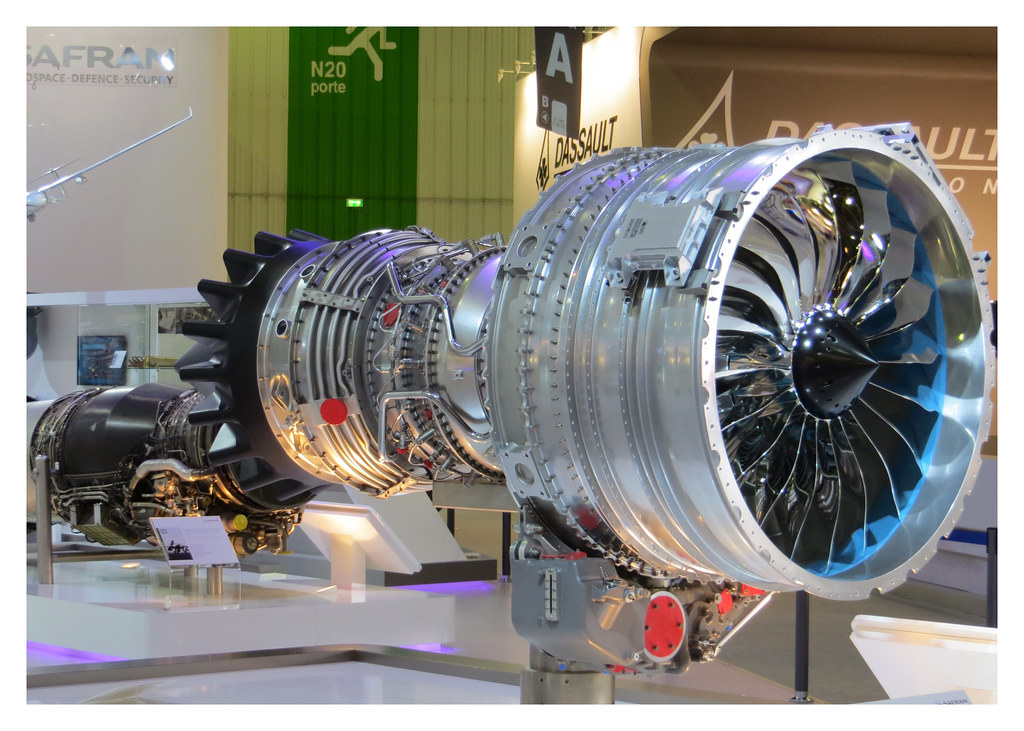
6. Jamming Resistance as a Force Multiplier
Russian electronic warfare has degraded the accuracy of some Western munitions, but the AASM’s inertial navigation system maintains precision even without satellite signals. Safran engineers highlight that this capability was a design priority, giving Ukraine a weapon that can strike reliably in contested electromagnetic environments.
This tolerance not only maintains strike effectiveness but also enables commanders to plan missions without excessive dependence on good GPS conditions, broadening the operational window for airstrikes.
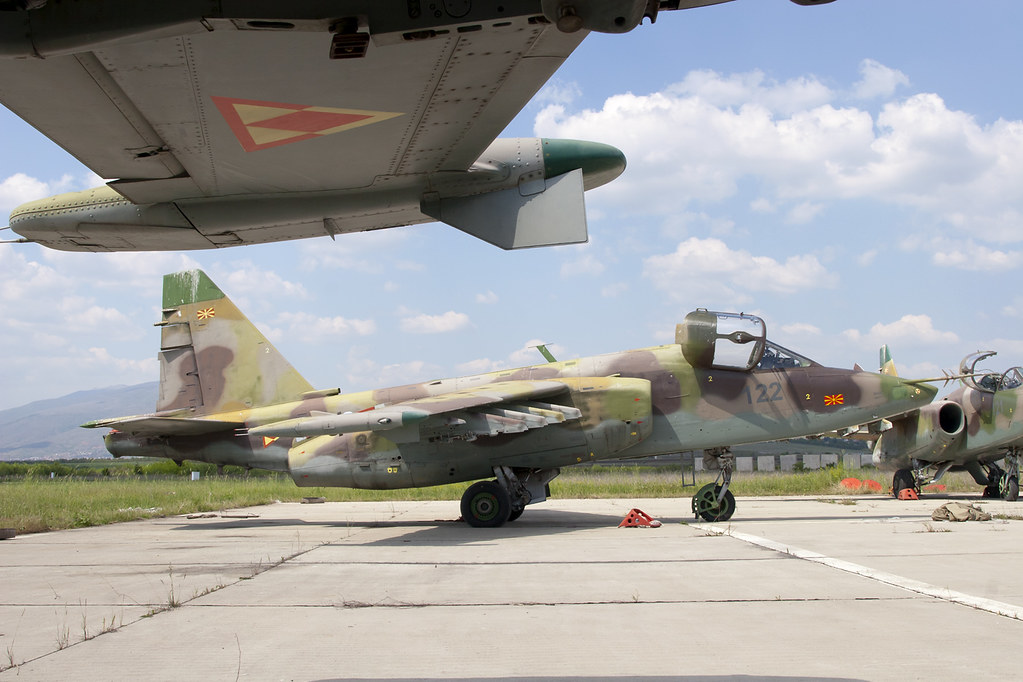
7. Expanding Roles and Future Platforms
Though MiG-29s are still the main launch vehicle, they have been integrated with Su-25s as well, and future use off incoming F-16s is probable. Larger Hammers like the Hammer-1000, which has 908-kilogram warheads, would allow Ukraine to attack hardened targets such as bridges or bunkers.
As Saab and other allies pursue avionics and electronic warfare modernizations for Ukraine’s fleet, the interoperability of advanced munitions and updated legacy aircraft could further increase survivability and lethality in 2025’s drone-infested battlespace.
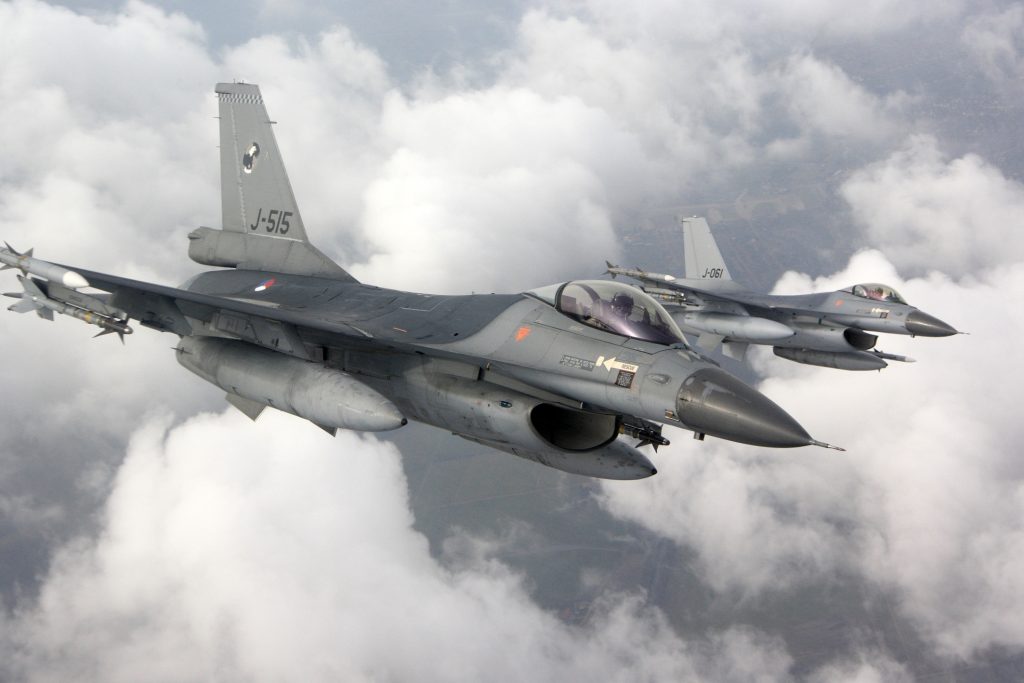
The AASM Hammer’s trajectory from French assembly lines to Ukrainian cockpits is representative of a wider change in contemporary warfare: precision, flexibility, and industrial resolve coming together to redraft the tactical landscape. For Ukraine, every bomb is not just an armament it is a targeted attack on the infrastructure supporting Russia’s war effort. For France and its partners, it is evidence that early innovation and consistent supply can tip the scale in a high-intensity conflict.
